第二单元作业——电梯系列
第二单元作业——电梯系列
单元作业总结
-
电梯系列是第一次接触线程、锁等概念,也是第一次进行多线程编程。
顺利的完成了三次作业,实现了多线程,算是基本的进步。
课下学习的主要资源记录如下:
Java并发编程-入门篇很多Java并发编程的基础知识都是看其中博客学习的。 -
但是本次作业问题比取得的进步多太多,三次作业也有两次大翻车,问题在于测试不够认真。这个在以后的作业要多加注意改进。
分析总结作业设计策略。
第一次作业
-
傻瓜电梯。单线程多线程都能成功,运用了单例模式和消费者生产者模型。
-
单例模式如下
public class Singleton {
private static volatile Singleton singleton; private Singleton() {}
public static Singleton getInstance() {
if (singleton == null) {
synchronized (Singleton.class) {
if (singleton == null) {
singleton = new Singleton();
}
}
}
return singleton;
}
}
- 以及消费者生产者模型
public class Producer extends Thread {
private Tray tray;
private int id;
public Producer(Tray t, int id) {
tray = t;
this.id = id;
}
public void run() {
int value;
for (int i = 0; i < 10; i++)
for(int j =0; j < 10; j++ ) {
value = i*10+j;
tray.put(value);
System.out.println("Producer #" + this.id + " put: ("+value+ ").");
try {
sleep((int)(Math.random() * 100));
} catch (InterruptedException e) { }
};
}
}
}
public class Consumer extends Thread {
private Tray tray;
private int id;
public Consumer(Tray t, int id) {
tray = t;
this.id = id;
}
public void run() {
int value = 0;
for (int i = 0; i < 10; i++) {
value = tray.get();
System.out.println("Consumer #" + this.id + " got: " + value);
}
}
}
public class Tray {
private int value;
private boolean full = false;
public synchronized int get() {
while (full == false) {
try { wait(); } catch (InterruptedException e) { }
}
full = false; // fulltruefalse
notifyAll();
return value;
}
public synchronized void put(int v) {
while (full == true) {
try {
wait();
} catch (InterruptedException e) { }
full = true;
value = v;
notifyAll();
}
}
}
第二次作业
- 加入ALS电梯,引入观察者模式
private void notifyObservers() {
Vector<Observer> obs=null;
synchronized(MONITOR) {
if(mObservers !=null)
obs = mObservers.clone();
}
if (obs != null) {
for (Observer observer : obs) {
observer.onObservableChanged();
}
}
}
- 捎带,是日常电梯中非常常见的一种调度,这里要求非常多的对象之间的交互,每个对象只做他应该要做的事情,对象和对象之间所做的事情应该平均。
第三次作业
基于度量的分析
- 三次作业中,第一次作业最容易,类图也最简单,各种度量标准也最简单。
- 第二次作业最复杂,但是第三次又取得了进步。
第一次作业
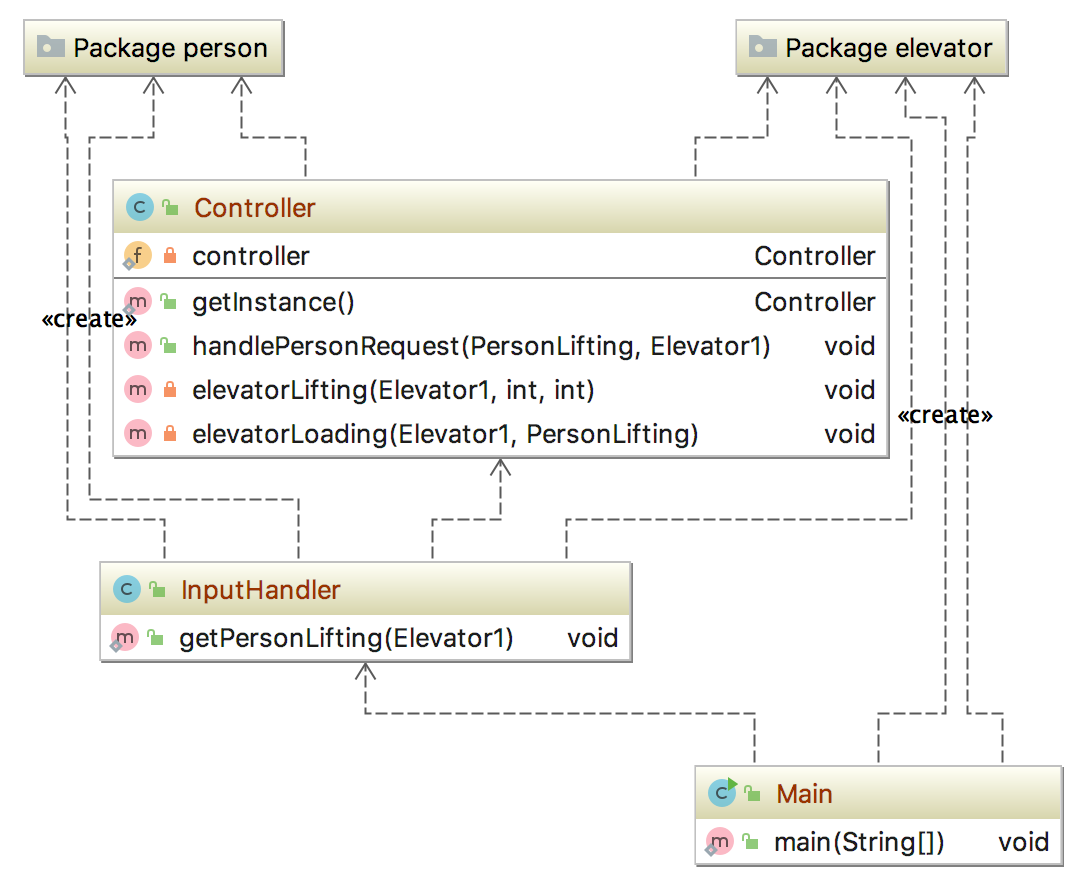
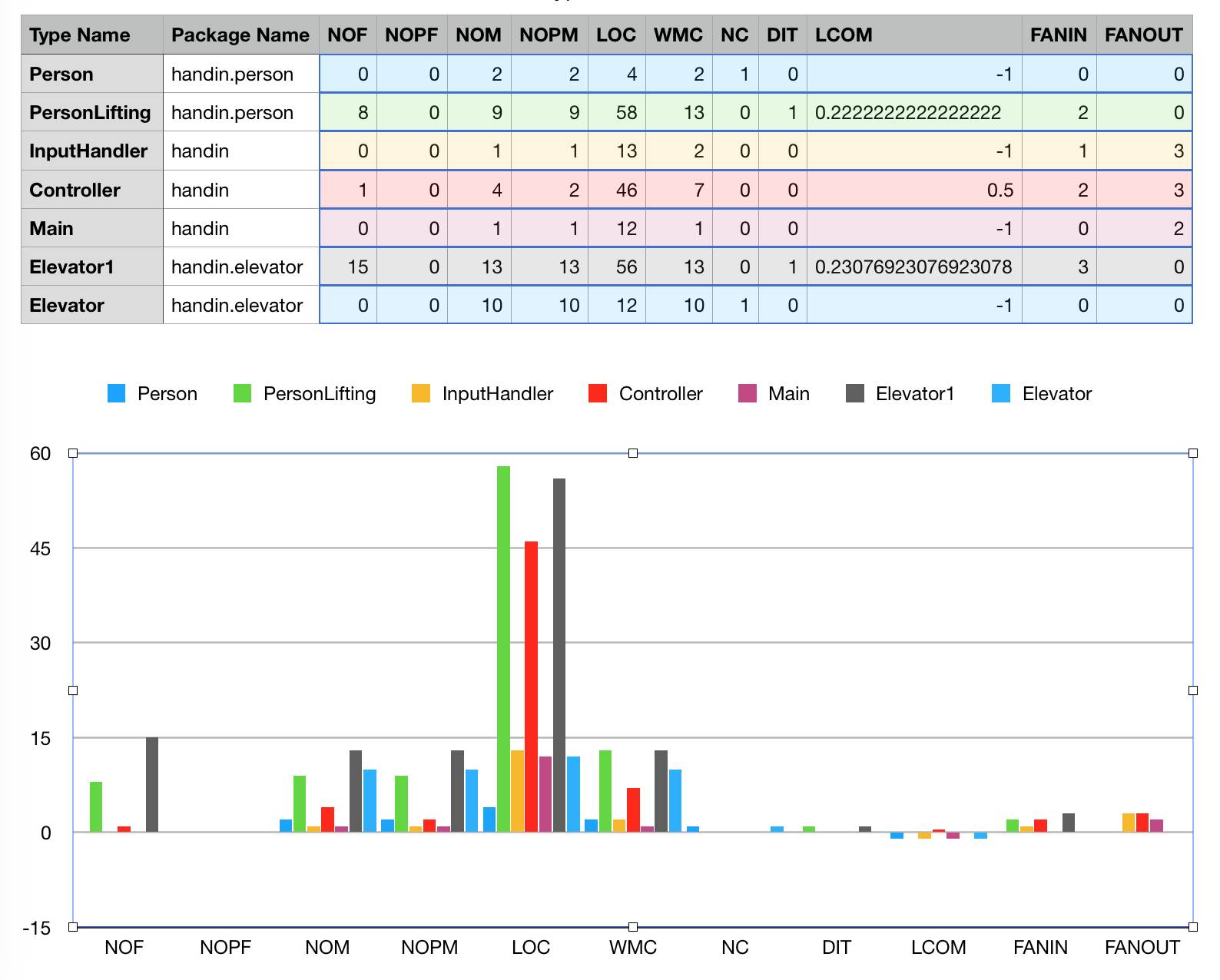
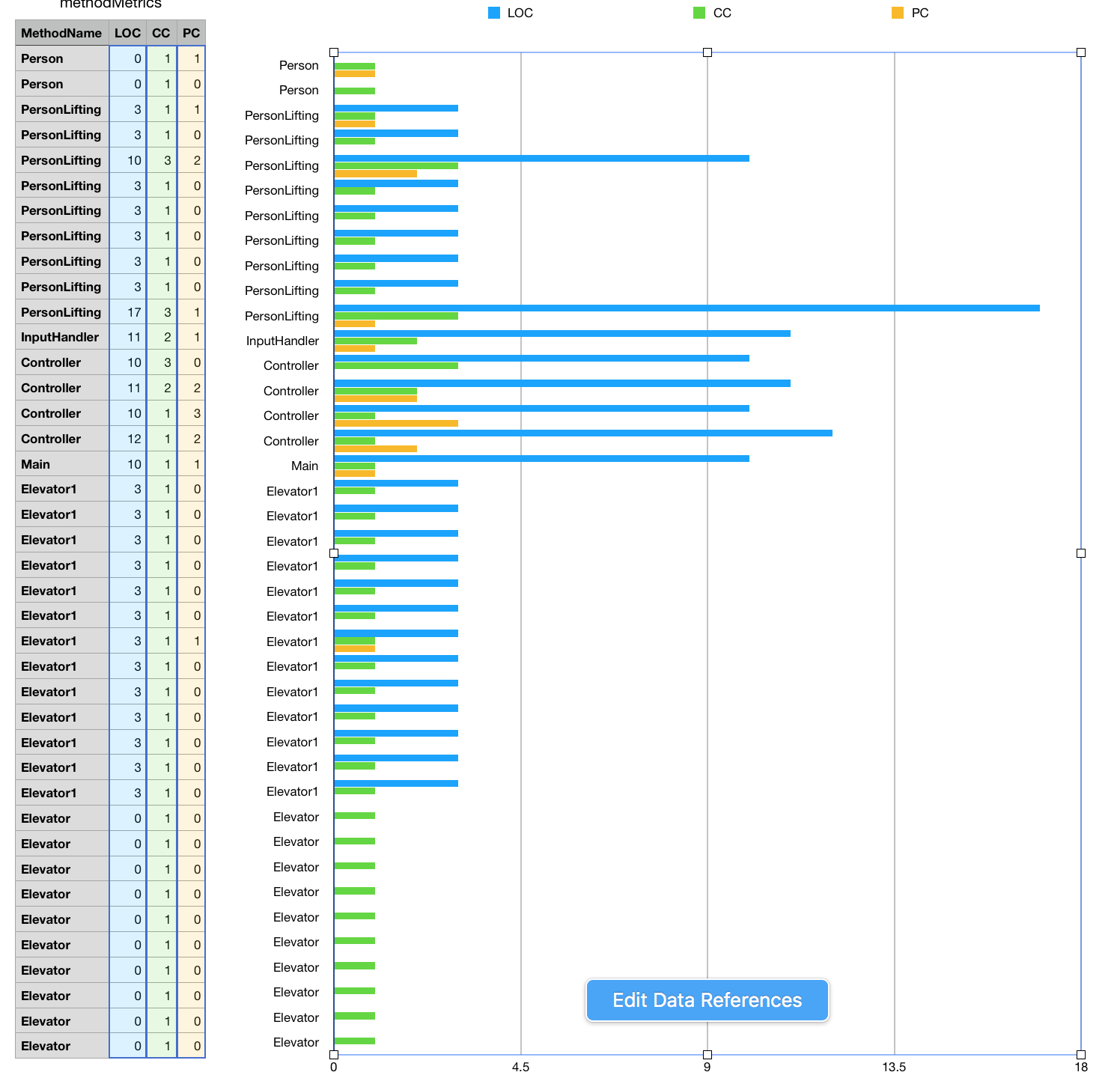
第二次作业
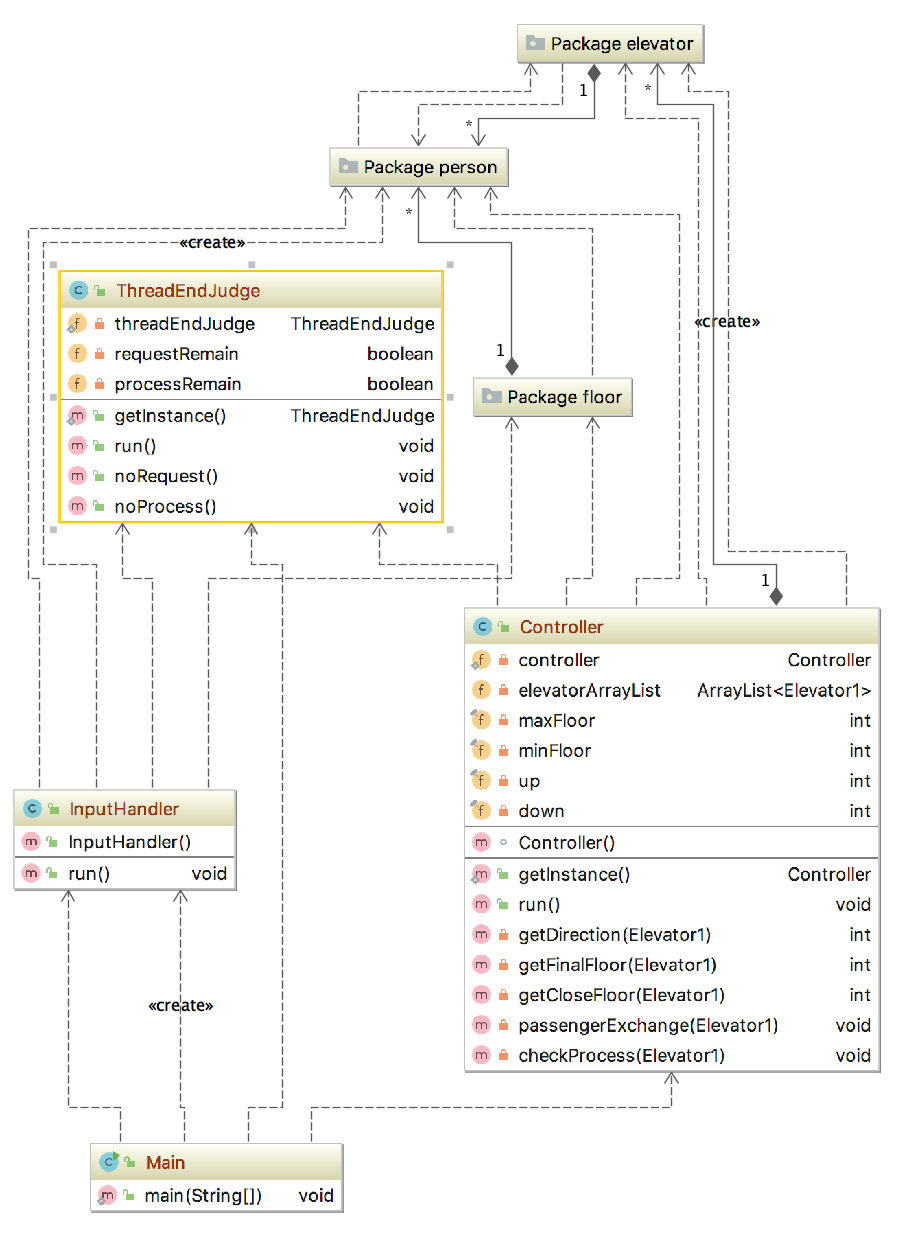
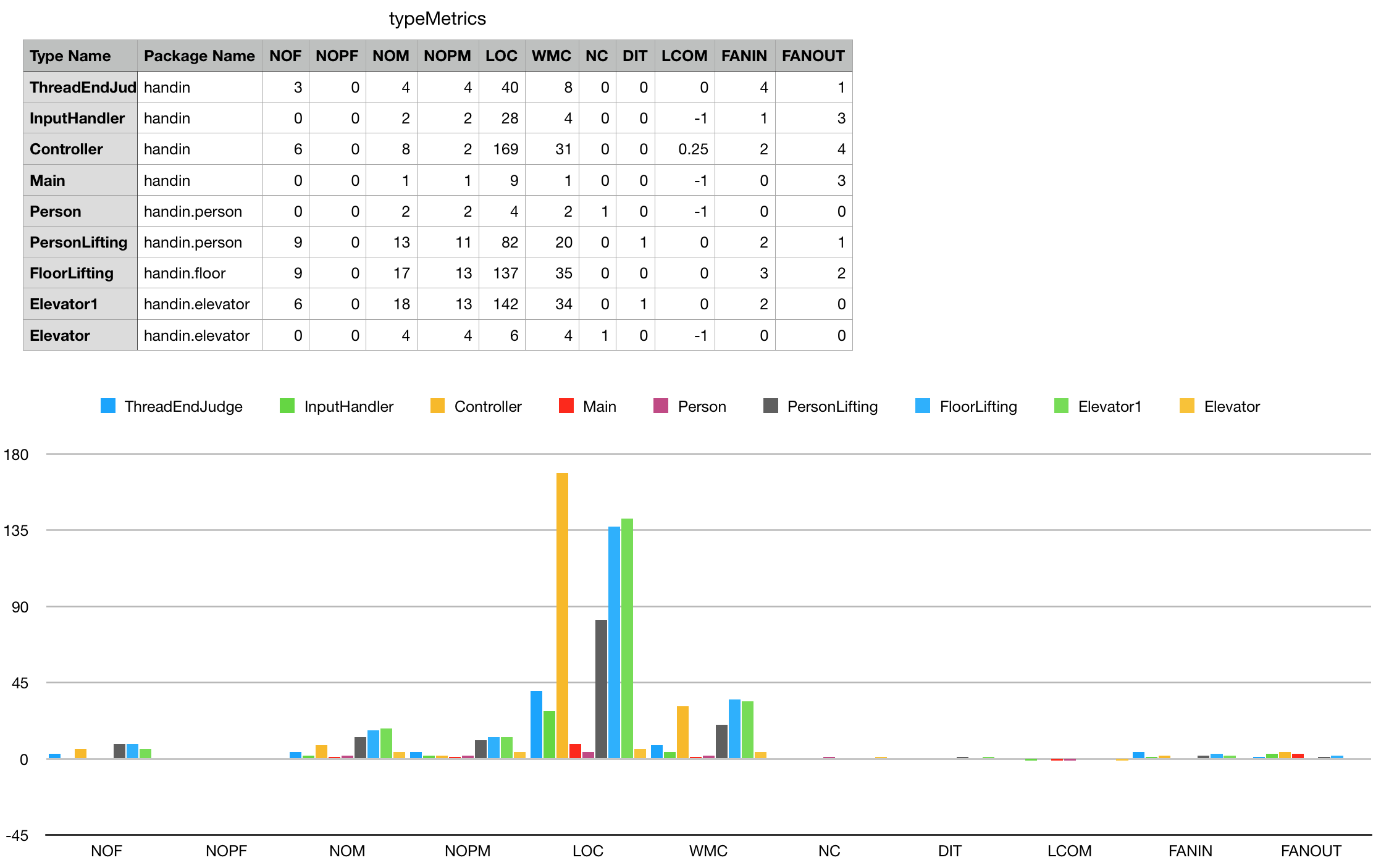
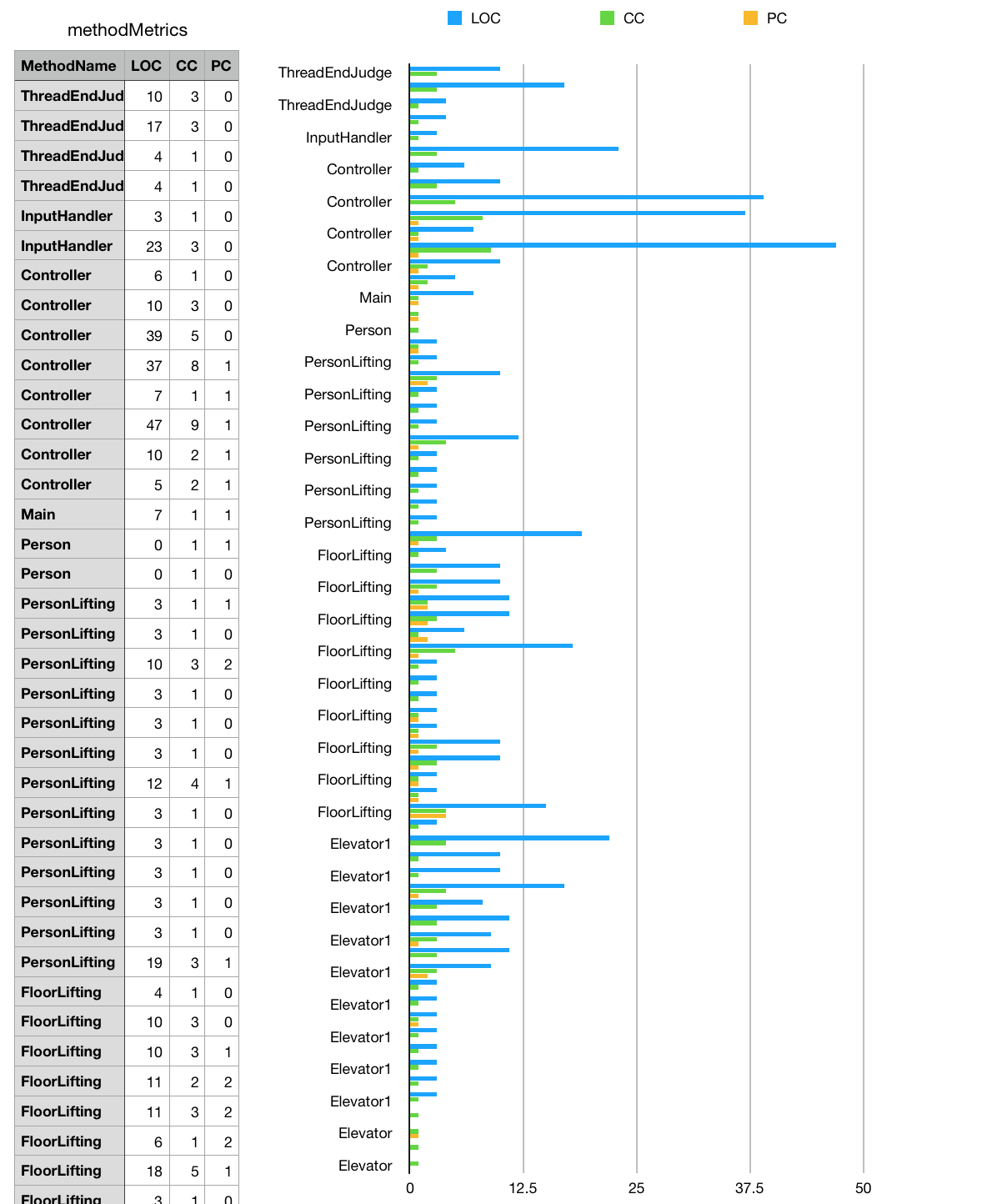
第三次作业

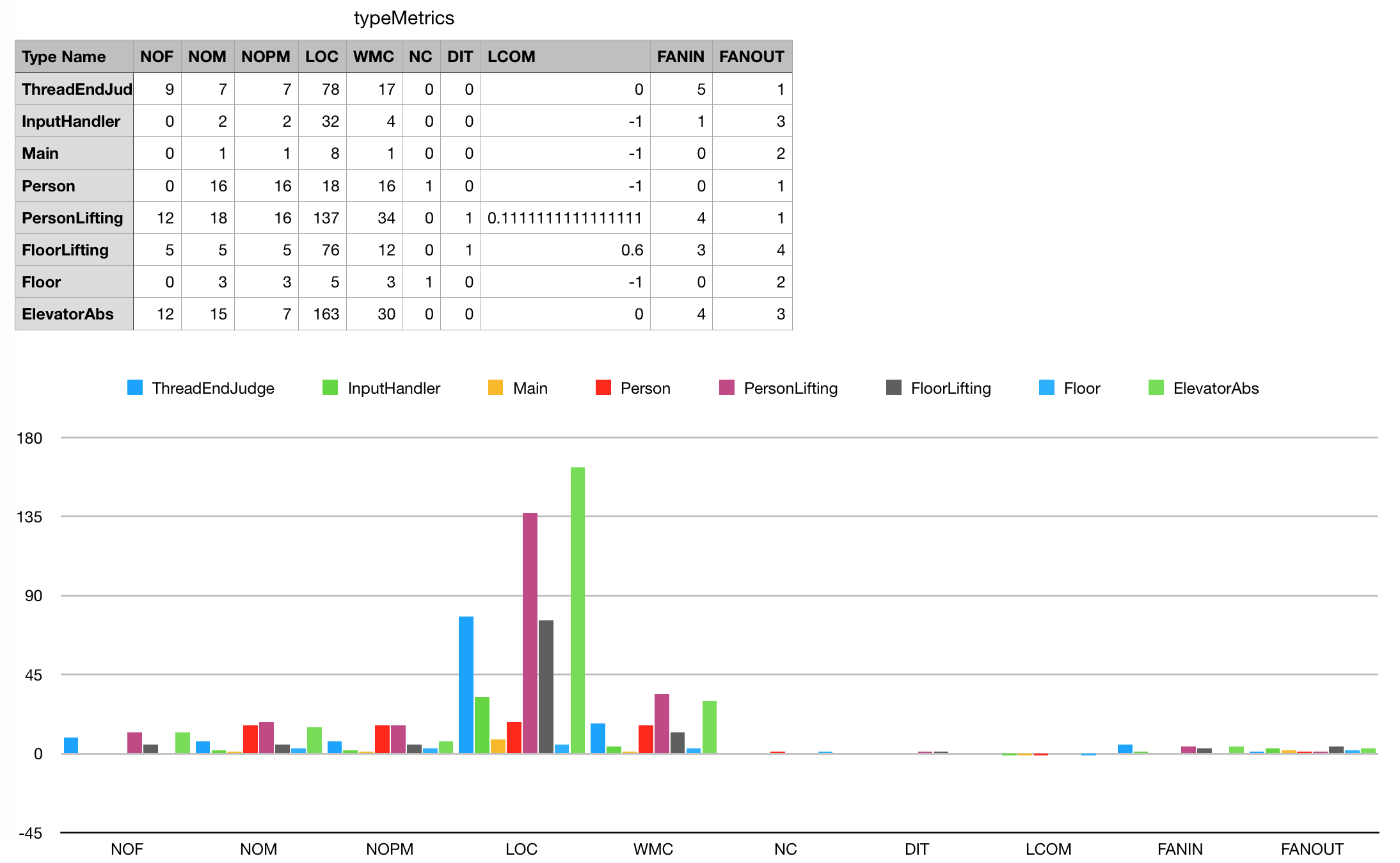
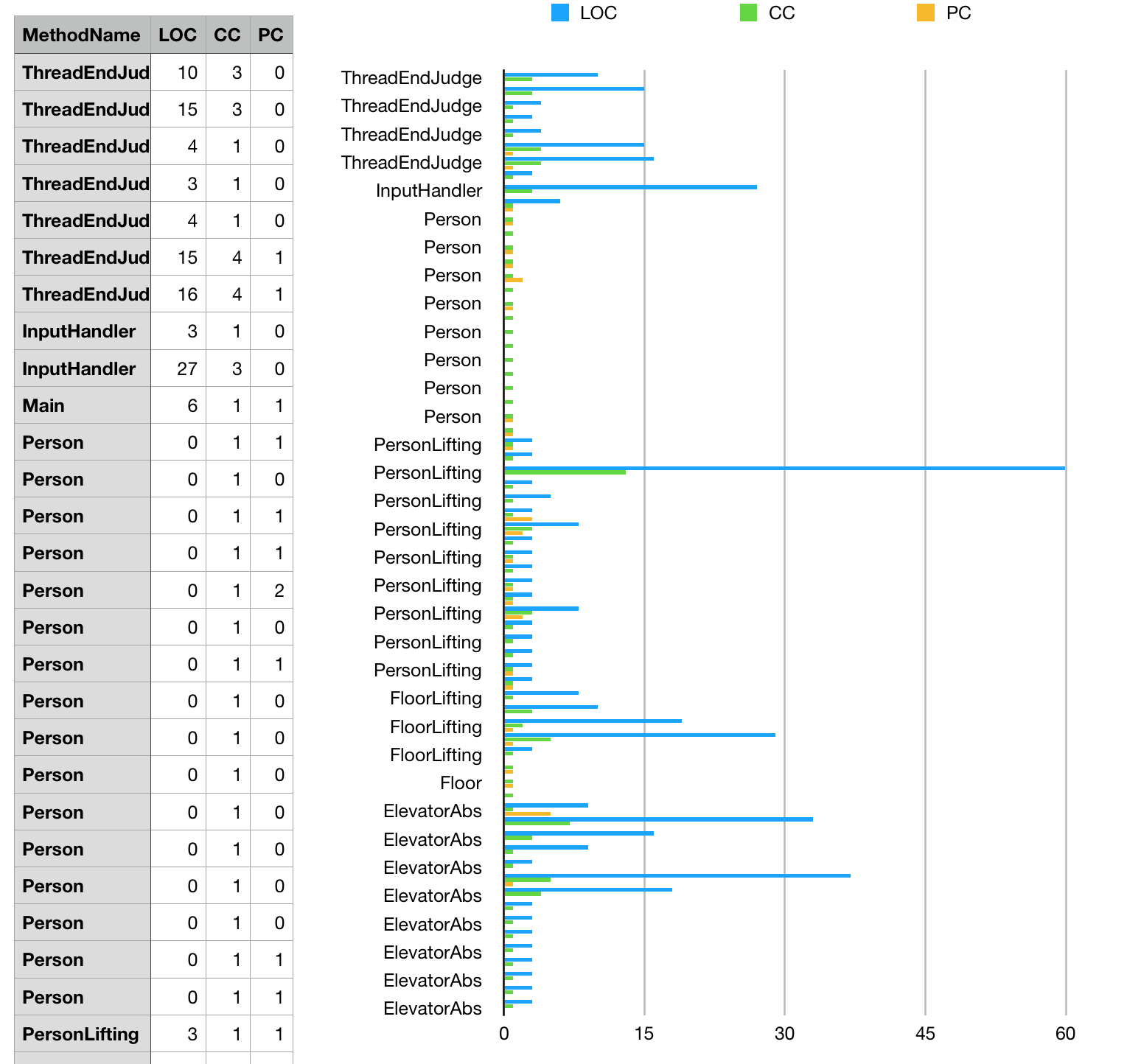
自己Bug分析
- 程序结束问题较大,第三次作业得到修复
- 存在过度复杂的难以维护的容易出错的类,第三次作业得到改进
别人Bug分析
- 多采用黑盒测试
- 没找到别人的bug。
心得体会
- 本次作业学会了单例模式、开闭模式、工厂方法
- 学会了多线程编程、锁机制。
- 程序测试方法还需要多加学习


